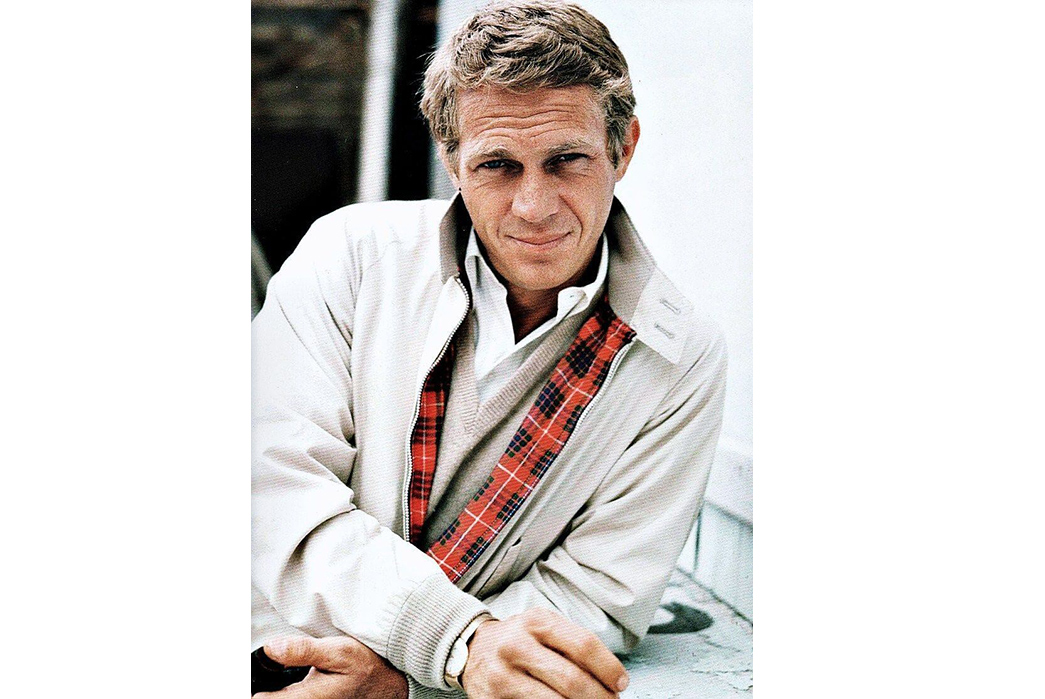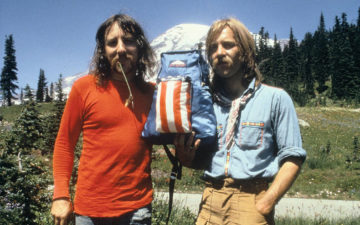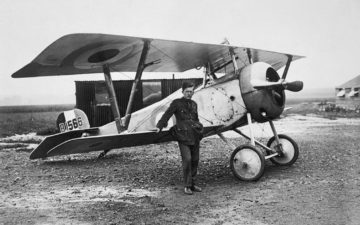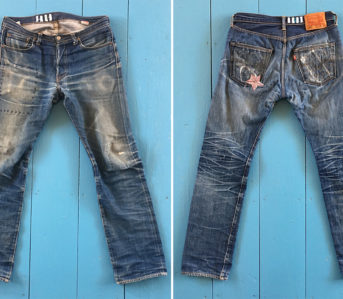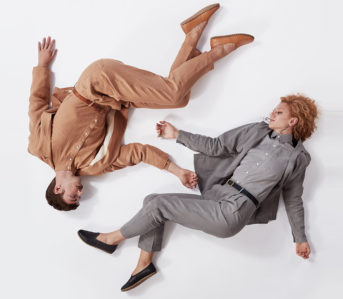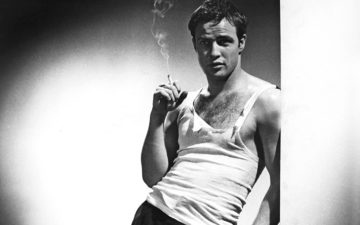The Harrington jacket is a true sportswear classic worn by some of the most iconic figures in menswear over the last 60 years. Since its humble beginning in the north of England, the Harrington has gained admirers on both sides of the Atlantic and navigated all corners of society.
We’re taking a moment to shine a light on the Harrington and the brand that pioneered this menswear staple.
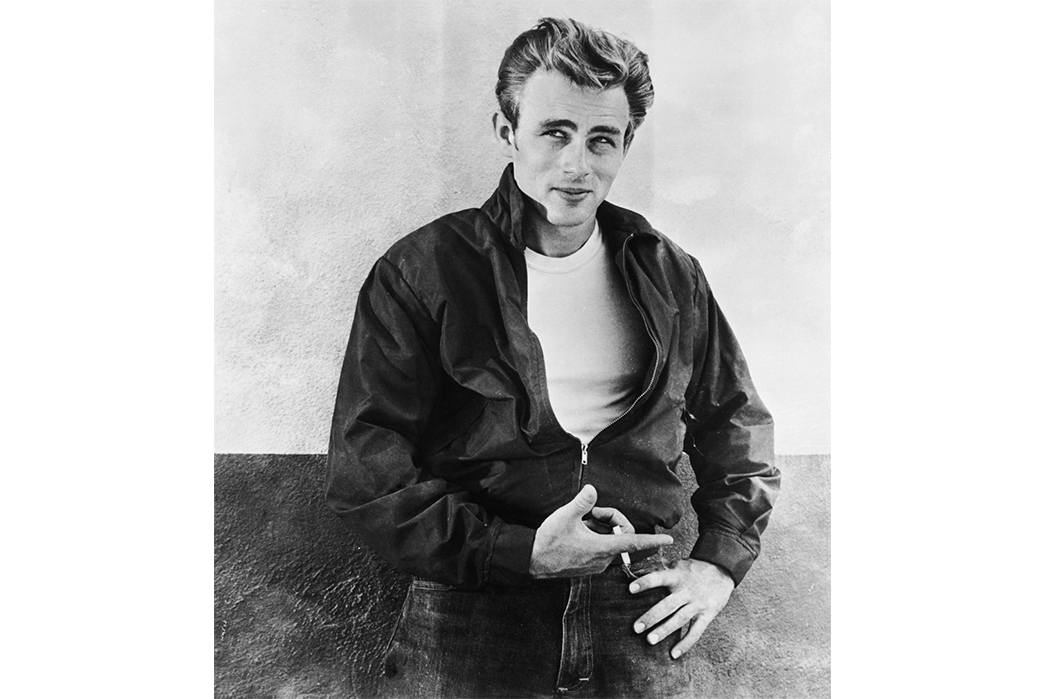
Image via Comme un camion
Getting Into the Swing of Things
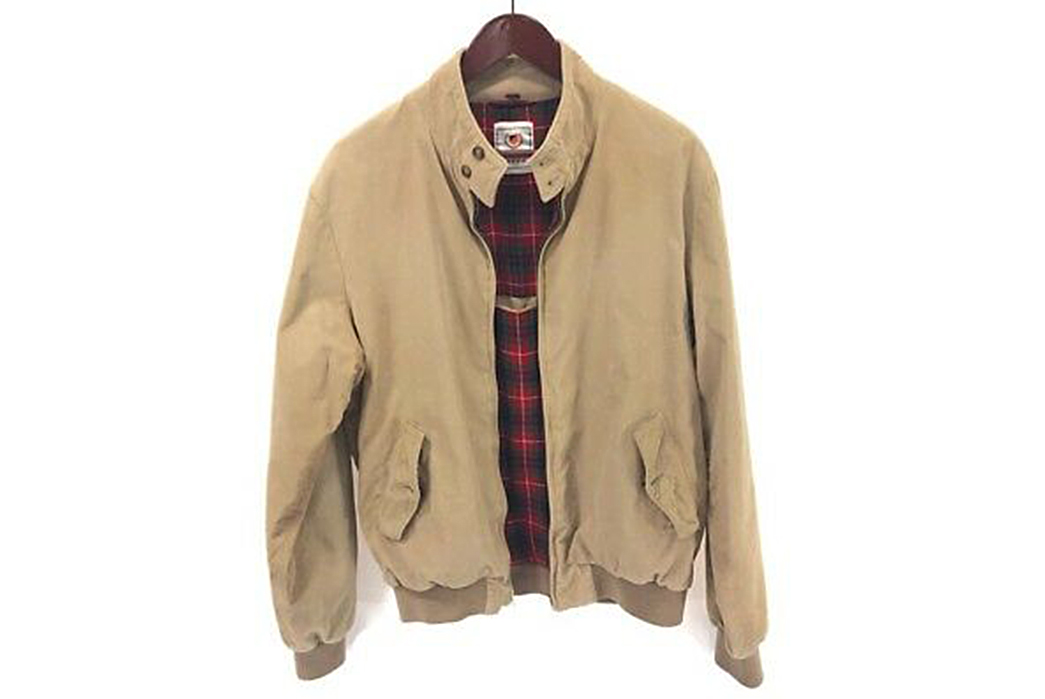
A vintage Baracuta G9 via PicClick
The English City of Manchester was once the center of the world’s cotton textile production. After producing 8 billion yards of cloth in 1912, Manchester was nicknamed ‘Cottonopolis’, and the city stood as an industrial powerhouse peppered with numerous textile mills.
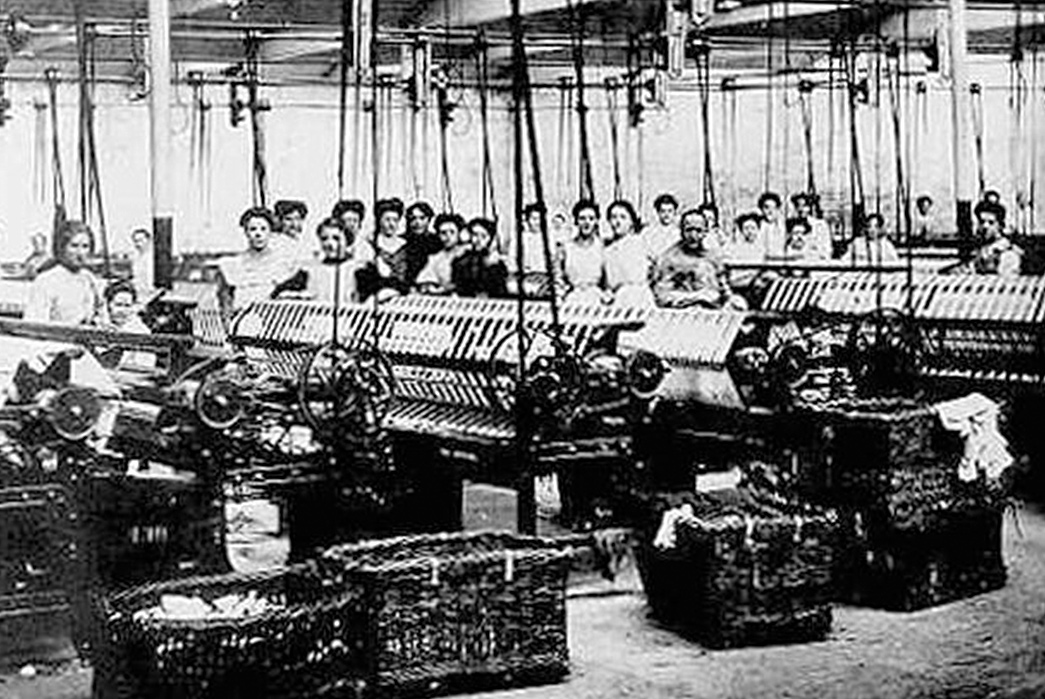
A cotton mill in Manchester via Manchester Evening News
As well as its thriving cotton trade, Manchester was known for being extremely wet. Seeing over 150 days of rain per year, Manchester’s unfortunate climate proved fruitful for clothiers John and Isaac Miller. The Miller brothers were finding great success in Cottonopolis in the 1930s, producing full-length cotton rain Macs for the likes of Burberry and Aquascutum. By the mid-1930s, the Miller Brothers had decided to begin selling their goods directly under the name of Baracuta. Stationed on Beswick Street, Manchester, Baracuta designed a range of high-quality coats and jackets, each named with a unique alphanumeric code.
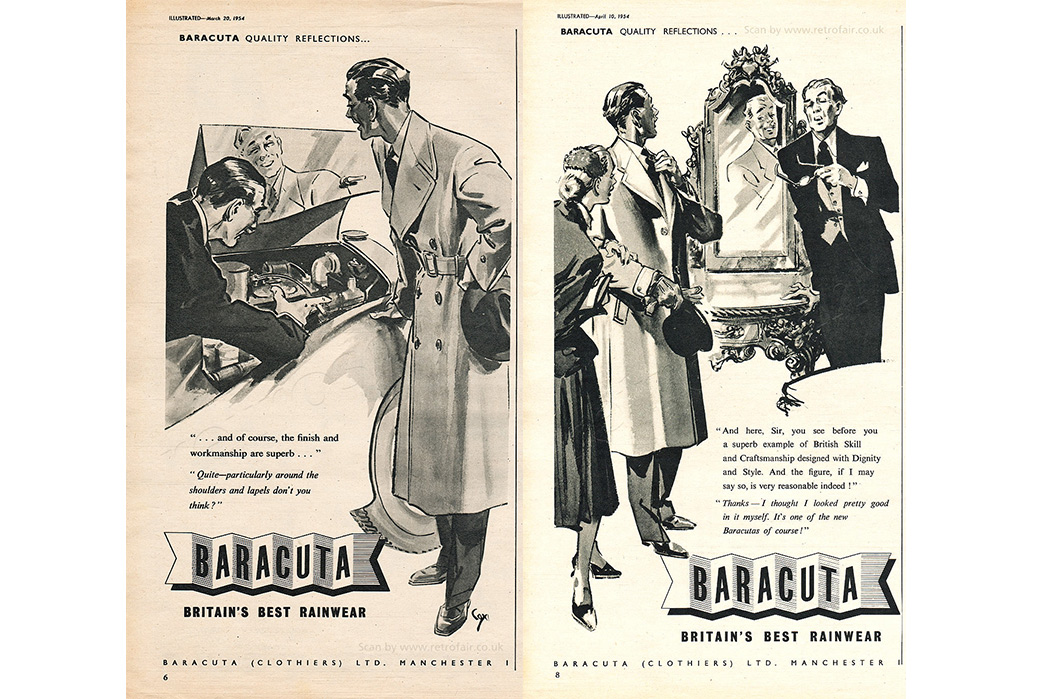
Images via Retrofair
Baracuta proved highly successful and the Miller Brothers soon found themselves rubbing shoulders with other high-flyers in the prestigious Lancashire Golf Club. Ironically, when rainfall hit the golf course, the Miller Brothers found that their Baracuta rain macs weren’t suitable for golfing. The traditional full-length construction reduced traction in the lower body and affected a golfer’s swing. The Miller Brothers recognized this and designed a new jacket that would be perfect for the golf course.
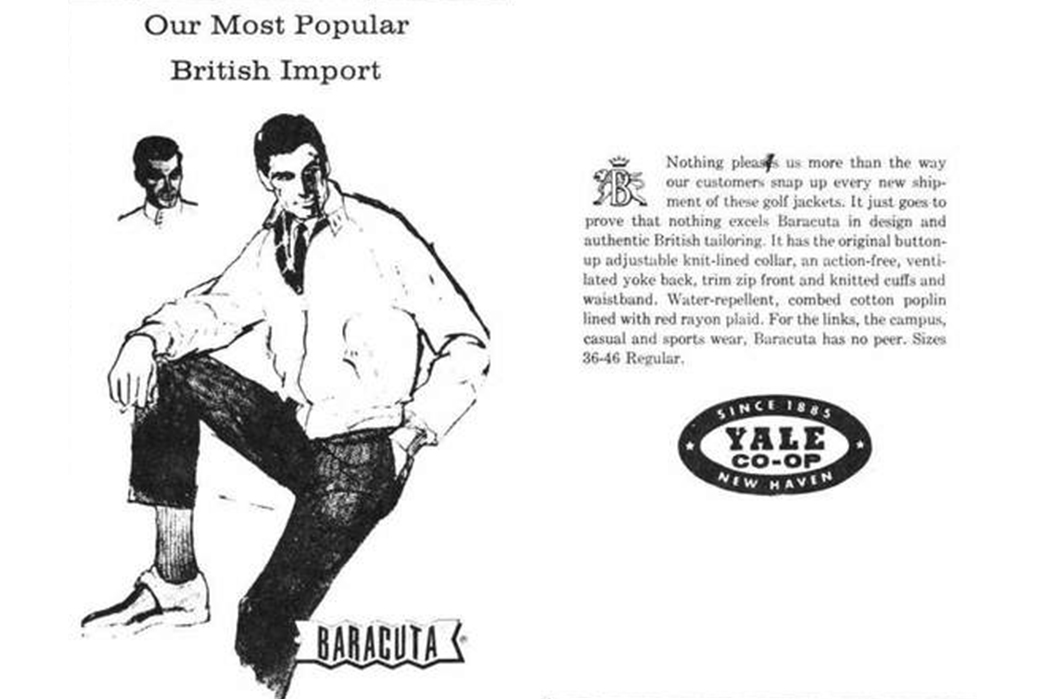
Image via Mason & Sons
In 1937, Baracuta designed the G9 Jacket. The modifications made to their full-length coats made the G9 suitable for golf, hence the ‘G’ in G9. A short fitting jacket with a zip closure, the G9 sat just above the waistline, reducing any restriction when swinging the golf club. At the time, the G9 was constructed from a water-resistant poplin, with a ventilated rear yoke and elasticated cuffs and waistband. Shortly after its release, John Miller approached Lord Lovat, the 24th Chieftain of the Scottish Fraser Clan, to ask for his permission to use the Fraser clan’s tartan as a lining for the G9. Lovat accepted his request and the newly added Fraser tartan brought a hint of flare to the otherwise understated G9, making it even more desirable.
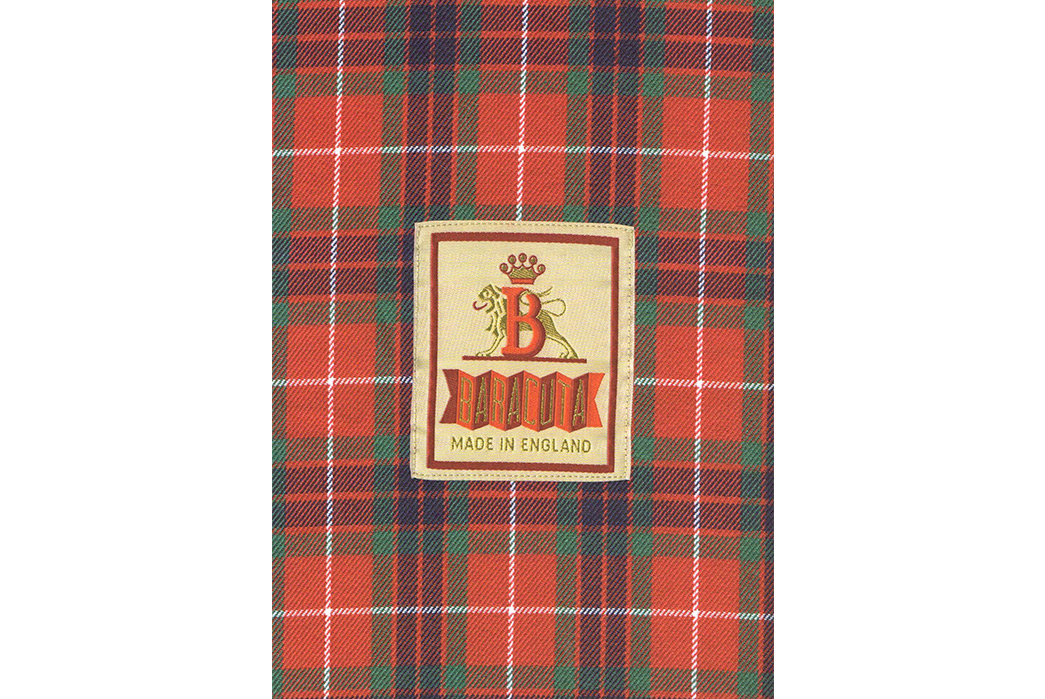
Baracuta Fraser tartan lining via Eric Musgrave
By the late 1940s, the Miller Brothers had begun exporting the Baracuta G9 to America. The G9 was instantly appreciated by golfers across the U.S.A., including celebrity golfing enthusiasts like Bob Hope and Bing Crosby. The stateside success of the G9 soon spawned imitations. U.S. company, McGregor, released the ‘Drizzler’ in 1947, a lightweight sporting jacket featured a similar construction to the Baracuta G9, minus the tartan lining. Also aimed at golfers, the McGregor Drizzler became an American classic in its own right and has since been reproduced by brands like The Tenderloins and Pherrow’s.
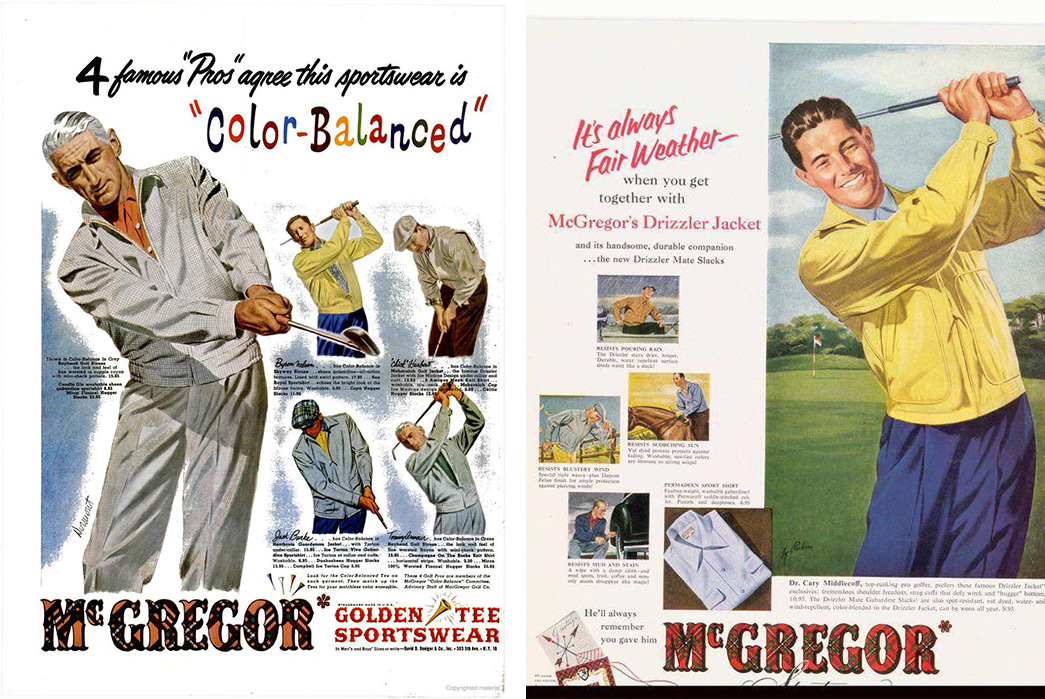
Image (left) via Vintage Ads and Image (right) via Pinterest
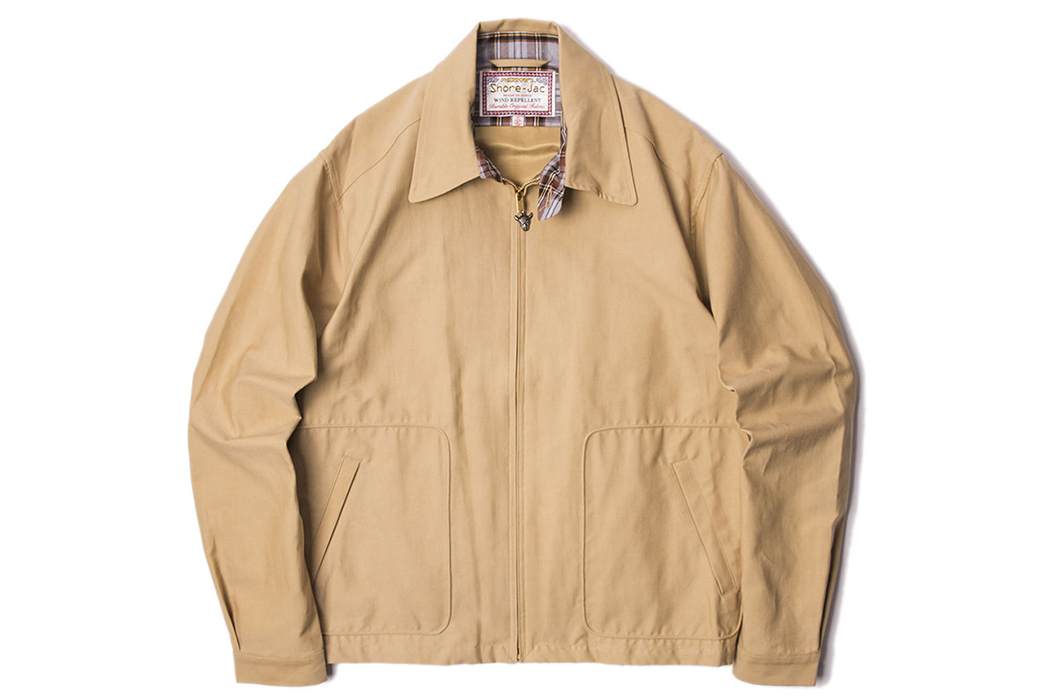
Pherrow’s Shore-Jac, a reproduction of the McGregor Drizzler, via Unknown People
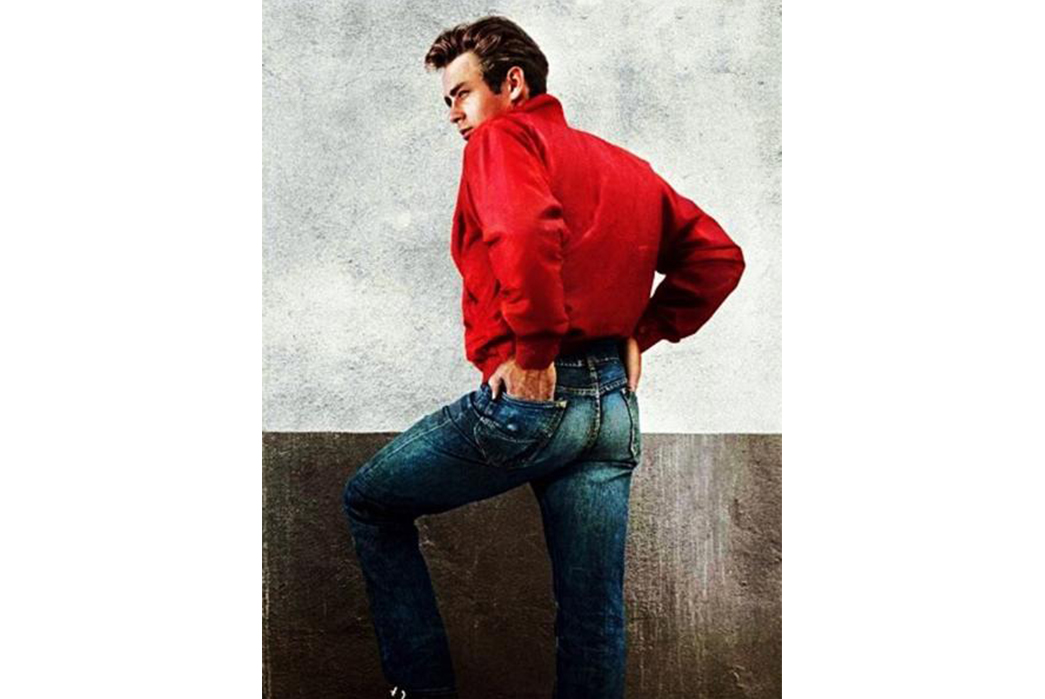
Image via Mason & Sons
The Harrington jacket, known then as the ‘golfer’, hit the mainstream when James Dean famously sported a bright red McGregor Drizzler in the iconic 1956 film, “Rebel Without a Cause”. Paired with a set of faded blue Lee jeans and a plain white t-shirt, Dean’s casual ensemble created an everlasting blueprint of ’50s casual wear. The Baracuta G9 was later donned by Elvis Presley in the 1958 film “King Creole”, and later by Steve McQueen on the front cover of Life Magazine in 1963. With the backing of these male icons, the Harrington became a menswear staple, worn by anyone from weekend golfers to the Ivy League set.
It wasn’t until the mid-60s that the term ‘Harrington’ would be used to name the G9 and its counterparts. The Baracuta G9 was worn by Rodney Harrington, a character played by actor Ryan O’Neill in the 60s soap opera, “Peyton Place”. It is claimed that in 1966, British American-menswear specialist and Baracuta stockist, John Simons, marketed his stock of the Baracuta G9 as the “Rodney Harrington Jacket” after the Peyton Place character, a name that was later abbreviated to “Harrington”.
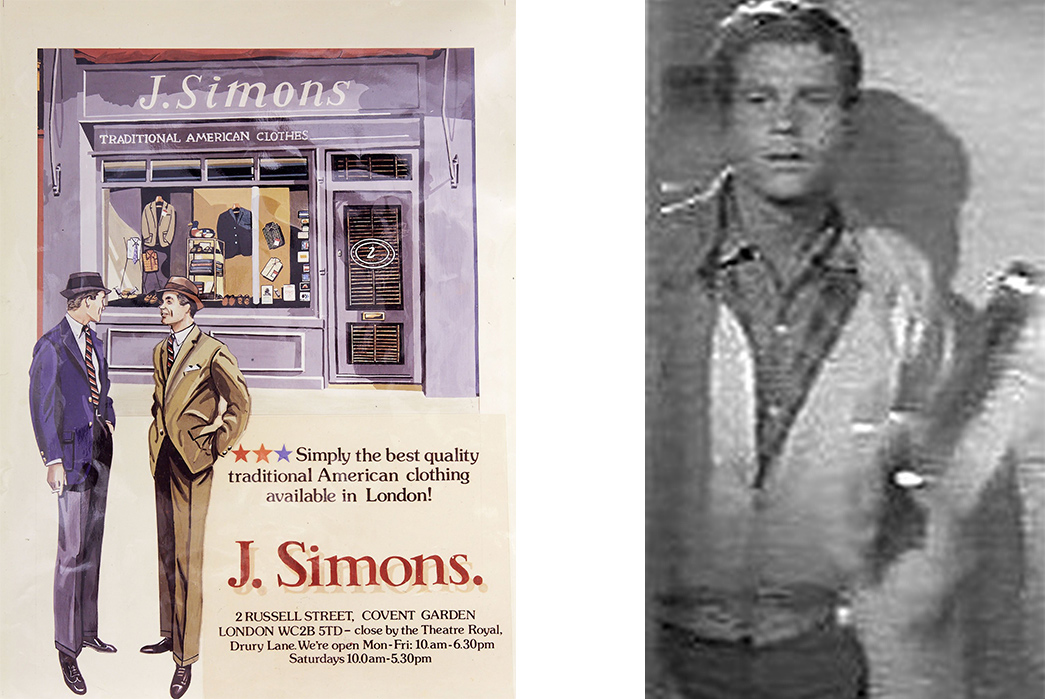
A vintage advertisement for J. Simons. of London via the Independent (left), Ryan O’Neal wearing a Baracuta G9 in Peyton Place, via Rods Mod Blog (right)
As the years went on, the Harrington jacket’s appeal continued to grow. Steve McQueen continued his advocacy of the Baracuta G9 by wearing a navy version in the stylish 1968 film, “The Thomas Crown Affair”. Thanks to Japan’s love of Ivy League style, the Harrington resonated with stylish Japanese youth who named it the ‘Swing jacket’ or ‘swing top’ due to its golfing roots. The Harrington became fashionable amongst the Mod and Skinhead cultural movements in the 60s and later enjoyed resurgences in the late 70s and early 80s with Punks and the Mod and Skinhead revivalists. Mods were particularly attracted to the Harrington as its short, boxy fit made it appropriate for scooter riding.

Skinhead style portrayed perfectly in the 2006 film, This Is England. Image via Rocket
What’s so interesting about the Harrington jacket is how it is so quintessentially British and American at the same time. Just like McGregor in the 1940s, English brands like Ben Sherman and Fred Perry produced their renditions of the Harrington jacket as it swept their nation. While Frank Sinatra and Steve McQueen sported there G9’s as an understated menswear staple, The Clash rocked customized Harrington’s in the most rebellious manner. Its this widespread appreciation and application of the Harrington jacket that makes it one of the most ubiquitous menswear pieces of all time.
“The Harrington is one of the most iconic jackets ever designed. It played such a huge part in my youth and is something I still wear today. It’s the perfect jacket—a real classic—it will never go out of style.”
— Paul Weller

